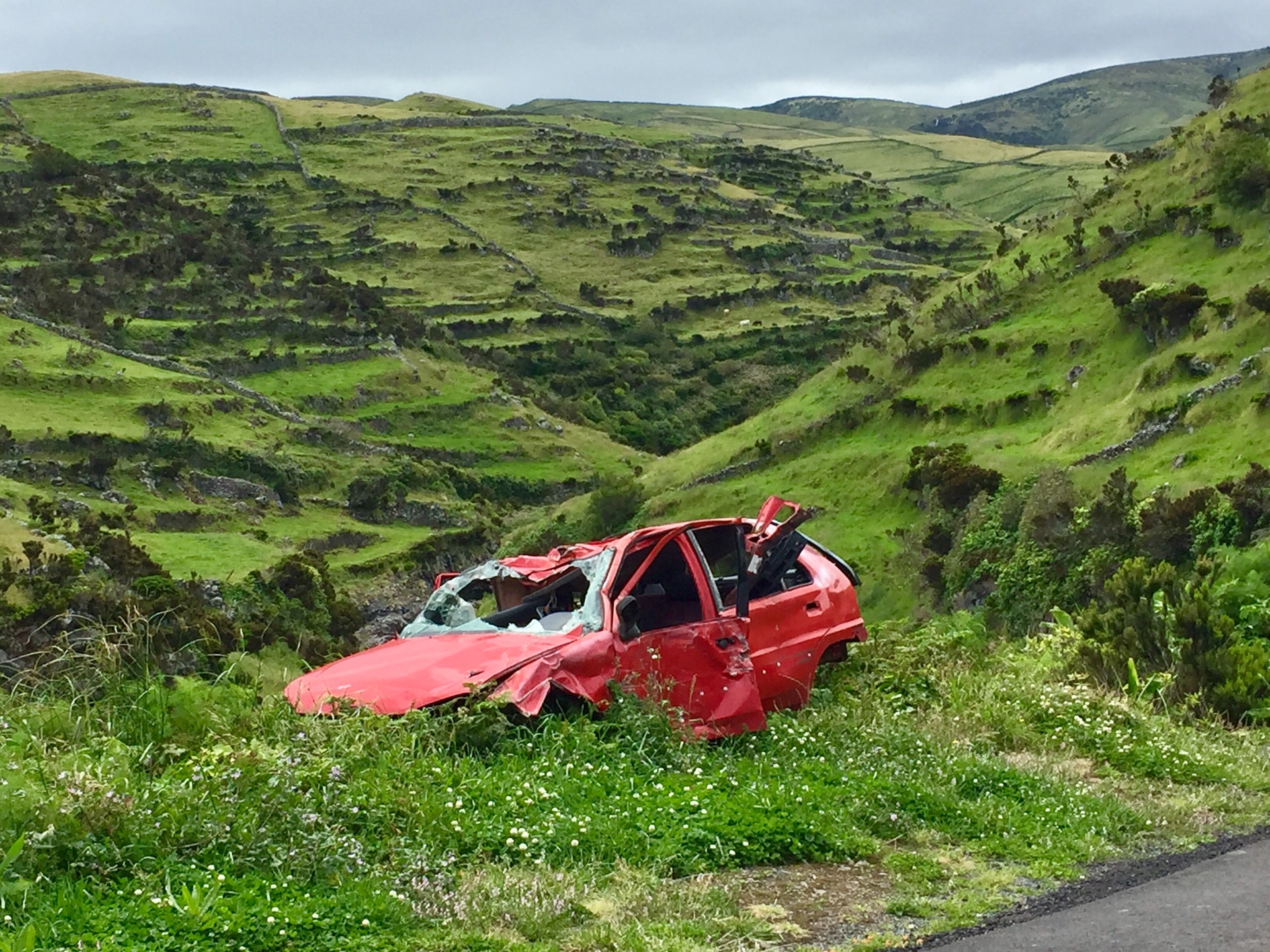 If you drive regularly, you know there’s always a chance of being involved in a car accident; no driver is perfect, and most drivers neglect the rules frequently, endangering themselves and others in the process.
If you drive regularly, you know there’s always a chance of being involved in a car accident; no driver is perfect, and most drivers neglect the rules frequently, endangering themselves and others in the process.
If you’re ever involved in an accident, what are your chances of surviving? As you might imagine, it’s a difficult question to answer.
Core Statistics
Let’s start with a high-level view of car accidents as they unfold in the United States. Every year, there are roughly 6 million car accidents. That leads to more than 3 million injured people and more than 30,000 fatalities. If we analyze these simple statistics, the odds of dying in any single car accident are about 0.5 percent.
Of course, these statistics include a wide range of different accidents, including slight fender benders in store parking lots as well as high-speed head-on collisions on the highway.
For a more accurate understanding of car accident survival, we’ll need to take a closer look at the variables that could influence the outcome.
Factors That Influence Your Odds of Survival
These are some of the most important variables to consider when calculating your odds of surviving a car collision:
- Speed. One of the most important variables is the speed your vehicle is traveling and the speed of any other vehicles involved in the collision. Force is the product of mass and acceleration, so the faster an object is moving and the heavier it is, the more force it’s going to exert when it comes crashing to a halt.
Also, remember that speed is relative in this equation; if the car in front of you is traveling at 60 mph and you’re traveling at 62 mph when you tap their back bumper, it’s going to exert the same amount of force as a car traveling at 2 mph hitting a stationary object.
Conversely, if you’re traveling at 60 mph and you hit another car also traveling at 60 mph head-on, the force will be as if you’re traveling at 120 mph hitting a stationary object. At speeds below 30 mph, survival is likely. But as speed increases, the chances of survival get lower and lower.
- Seatbelts. It’s estimated that every year, more than 15,000 lives are saved because of seatbelt use. Seatbelts are specifically designed to restrain you during an accident, preventing you from going through the windshield or being thrown around the vehicle. Though they’re uncomfortable for many people, they can easily save your life in the event of a rollover or a massive impact.
- Airbags. Airbags are also lifesaving devices, designed to inflate to cushion your impact during a collision. If your car is equipped with airbags and they’re working properly, your chances of survival are much higher.
- Positioning. Your position within the vehicle can also impact your odds of survival. If you’re sitting upright in a safe posture, you’ll be much more likely to survive than if you’re folded over or if your head is near the airbag when it goes off.
- Direction of impact. The direction of impact can also influence the outcome of a collision. Being hit from the side or from the front is usually more devastating than being rear-ended. Also, if your vehicle rolls over or is sent into another lane, you could be susceptible to more damage.
- Initial recovery and response. Your survival is also dependent on your initial recovery and response to the accident. Immediately after the accident, it’s important to seek medical attention. If you’ve sustained life-threatening injuries, calling an ambulance and getting to the hospital is vital; if you’re delayed in this process, it could cost you your life.
As an added note, it’s important to talk to a lawyer after your accident and continue seeking medical treatment; this way, you can get the treatment you need to fully recover and ensure the responsible parties pay for the expenses.
- Personal factors. We also need to think about personal factors. Some people are more vulnerable than others. For example, young children and elderly people are more susceptible to injury than their young adult counterparts.
It’s tough to give an overall estimate of your odds of surviving a car accident, since there are so many factors and variables that can influence the outcome. If you’re in a safe car and you’re rear ended by another vehicle going relatively slowly, you’re almost certain to survive.
But in a fast, head-on collision without the proper safety precautions, you’ll almost certainly suffer severe injuries, at minimum. Thankfully, you can greatly increase your chances of survival with a handful of simple precautions, like wearing your seat belt, obeying the speed limit, and paying extra attention to your surroundings.

